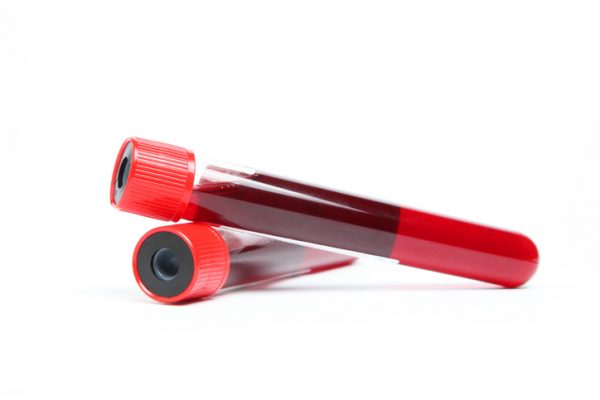
A company developing a gene therapy for hemophilia plans to meet with US and European regulators to discuss potential filings for approval later this year after releasing interim Phase III data.
San Rafael, California-based BioMarin Pharmaceutical said Tuesday it would meet with the Food and Drug Administration and European Medicines Agency to review new data from the Phase III GENEr8-1 study of valoctocogene roxaparvovec, or valrox, in hemophilia A patients and would announce the timing of its regulatory filings in the third quarter of this year. In addition to the Phase III data, it released updated data from a Phase I/II study of valrox.
Both studies showed significant increases in Factor VIII activity, while median annual bleeding episodes and number of Factor VIII infusions were greatly reduced, to as low as zero. In GENEr8-1, eight patients in a 20-patient cohort achieved Factor VIII levels of 40 international units per deciliter, while the 16 patients who had reached week 26 by April 30 had a median annual bleed rate of zero and an 84 percent reduction in Factor VIII usage. In the 23-26-week time period, the median Factor VIII level was 33 international units per deciliter, according to a measurement by citrate synthase assay. GENEr8-1 is enrolling 130 patients at 75 international sites.
In the Phase I/II study, patients who received valrox at the Phase III dose of 60 trillion vectors per kilogram showed a median of zero bleeding episodes and zero Factor VIII infusions per year. By comparison, before treatment with valrox, the median annual bleed rate was more than 16, with more than 138 infusions per year.
Despite the favorable announcements, however, shares of BioMarin fell more than 3 percent and were still down nearly 2 percent in the afternoon on the Nasdaq.
One concern that arose ahead of BioMarin’s announcement was that patients’ Factor VIII levels would show a continuing decline, wrote Cowen analyst Phil Nadeau in a note to investors. If those levels kept going down, he wrote, it would suggest that valrox yielded a limited duration of clinical benefit.

A Deep-dive Into Specialty Pharma
A specialty drug is a class of prescription medications used to treat complex, chronic or rare medical conditions. Although this classification was originally intended to define the treatment of rare, also termed “orphan” diseases, affecting fewer than 200,000 people in the US, more recently, specialty drugs have emerged as the cornerstone of treatment for chronic and complex diseases such as cancer, autoimmune conditions, diabetes, hepatitis C, and HIV/AIDS.
While the mean and median Factor VIII levels in the Phase I/II study were respectively 36.4 and 26.2 international units per deciliter at the end of year two, by the end of year three they were 32.7 and 19.9 international units per deciliter. Still, the company said that the levels appeared to be approaching a plateau by year three, and it plans to submit full updated results for presentation at a conference later this year. “Overall, the Phase I/II data were at least in line with investors’ expectations, and should reduce concerns over the durability of effect,” Nadeau wrote.
Another potential concern, Nadeau wrote, has to do with commercial adoption of the gene therapy. While the data likely warrant accelerated approval, they appear to fall short of physicians’ ideal of a gene therapy that would get all patients into a normal range of Factor VIII expression, with little variability between patients and few failing to respond. A higher-than-expected proportion of patients in Phase III did not respond to therapy with Factor VIII levels higher than 5 international units per deciliter, and one of the median expression levels, 33 international units per decileter, was below what the Phase I/II data had suggested, Nadeau wrote.
With 18,000 hemophilia A patients in North America alone, Nadeau wrote that assuming a $2 million price point for valrox, the therapy could yield $1 billion in revenue for every 500 patients treated. On Friday, Swiss drugmaker Novartis announced the FDA approval of Zolgensma (onasemnogene abeparvovec-xioi), for spinal muscular atrophy in children younger than 2, with a list price of $2.125 million paid in installments over five years. However, despite that price point making it the world’s most expensive drug, the fact that it is a one-time treatment means the overall cost would still be less than the cost of existing treatments. The Institute for Clinical and Economic Review also deemed the therapy cost-effective.
Photo: harmpeti, Getty Images













